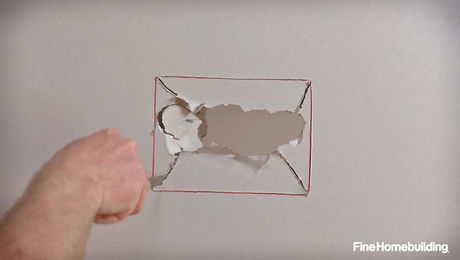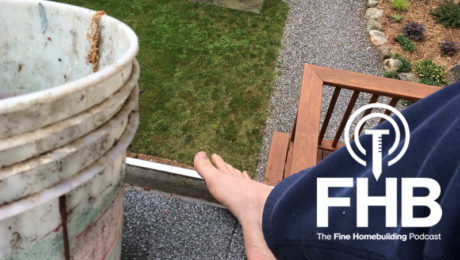I had a drain whose flow was, at best, about 1/2 gal. a day. I opened the cleanout and ran a snake down the drain line. The snake would go about 10 ft. and hit a dead end. So I resorted to drain cleaner for a week. That didn’t get it done either.
Fortunately, the clog was in a seldom used sink. Unfortunately, it started to look like one of those knock-out-the-wallplaster-and-replace-the-pipe kind of repairs. But before I resorted to that route, I decided to try one more approach to the problem. Here is how I opened the drain in just a few minutes.
I found a 12-ft. length of vinyl tubing that was just large enough in diameter to slip over the snake. I left about 3 in. of the tubing protruding past the nose of the snake. Then I ran the snake, tubing and all, down the drain until it encountered the obstruction. In effect, the snake acted as reinforcement to deliver the tube to the blockage.
Next, I turned on my compressor, set the air-pressure gauge to 35 psi and inserted the tip of my blow gun into the free end of the vinyl tubing. I pulled the trigger on the blow gun, sending a blast of air down the tube. In seconds, the sound of swirling water going down the drain filled the room.
You might ask, “Doesn’t this run the risk of damaging the drain lines?” My reasoning was that because the pipe is open to the atmosphere by way of the roof vents, no real pressure build-up takes place in the overall pipe system. It’s very important, however, to put a rag over any nearby drain opening and over where the snake enters the drain line to trap any sediment that might blow back. Taking this step is especially important if you’ve used any corrosive drain cleaners, which can burn skin and eyes. Protect yourself with goggles and gloves.
Peter F. Lott, Kansas City, MO





























